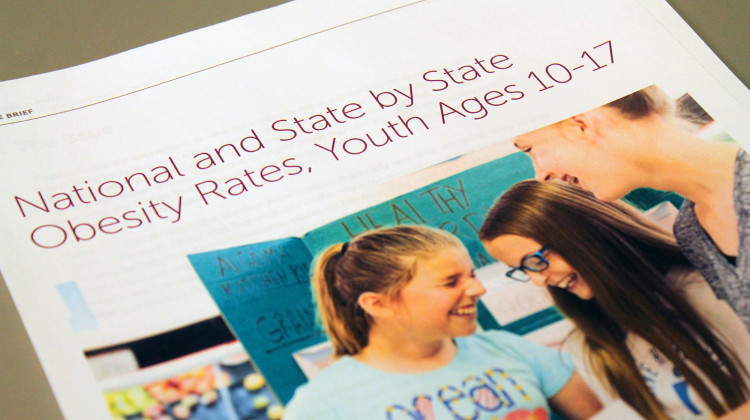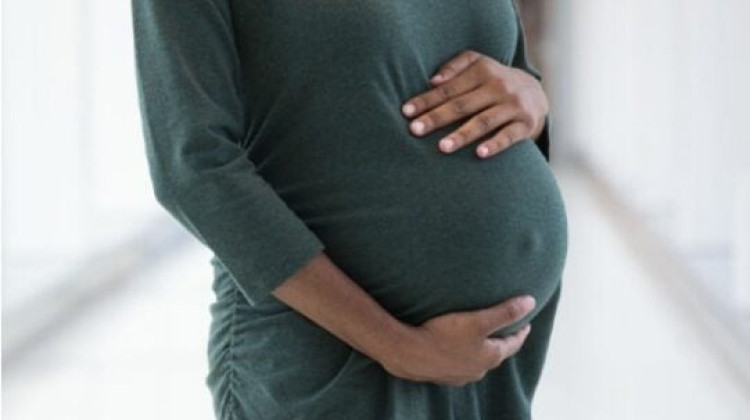Indiana youth continue to have higher rates of obesity than the national average and according to a new national data analysis - some minorities in the state are at greater risk.
One of the biggest racial disparities was found between Hispanic children and white children between the ages of 10 and 17. The report measured the rate of obesity in the Hispanic population 12 percent higher. The analysis didn't have rates for black children, but nationally that rate is double.
The new snapshot looks at 2016 data from the National Survey of Children's Health, and The Robert Wood Johnson Foundation did the report. Senior program officer Jamie Bussel says tracking this information is key.
"We need better surveillance across the board and I think surveillance from the earliest ages through is really important to help us tell the most comprehensive story," says Bussel.
Indiana's overall rate for youth obesity did tick down one percentage point, but the state came in at the 11th highest rate in the country.
A new national report finds Indiana's youth have higher obesity rates, 17.5 percent compared to the national average of 15.8 percent.
Bussel says Indiana also falls behind for economic reasons.
"We should also be ensuring that federal programs that we know are critically important family support, programs like SNAP and WIC, are accessible to families that need them and continue to provide access to healthy food," says Bussel.
About 11 percent of Hoosiers received federal food assistance last year. The new report also highlights policies like reduction of sugary drinks and physical activity recommendations that can impact obesity rates among youth.
 DONATE
DONATE







 Support WFYI. We can't do it without you.
Support WFYI. We can't do it without you.